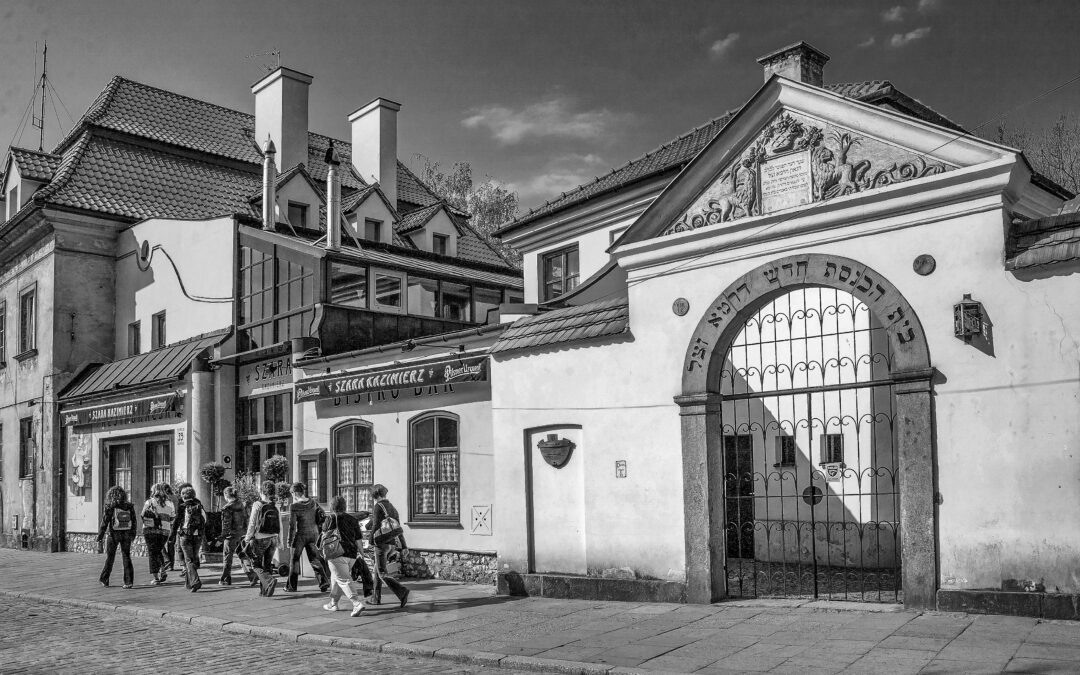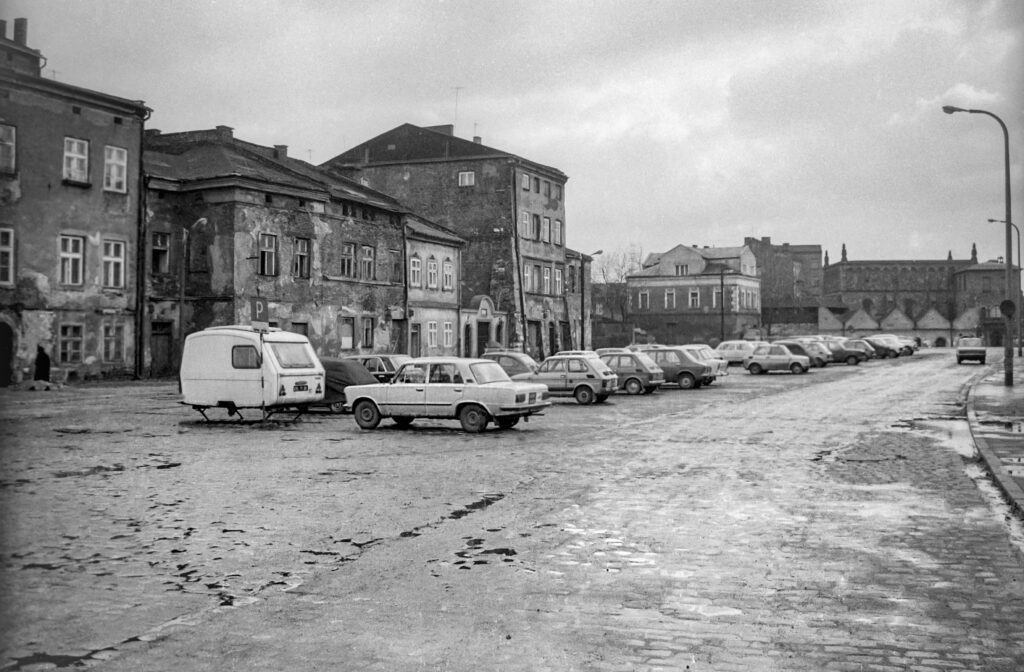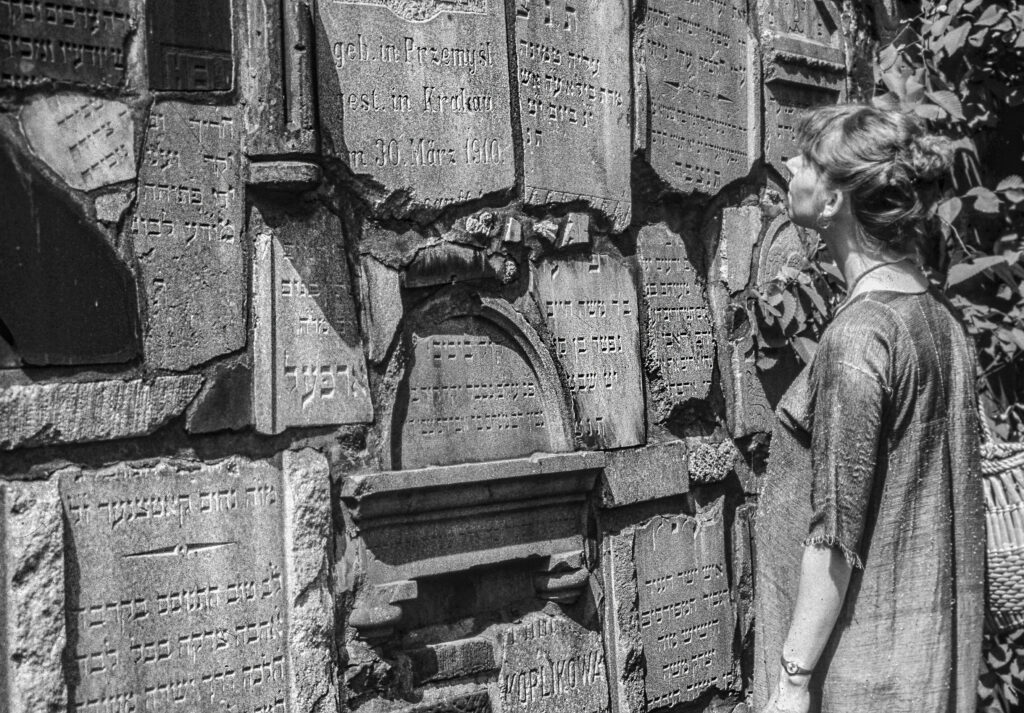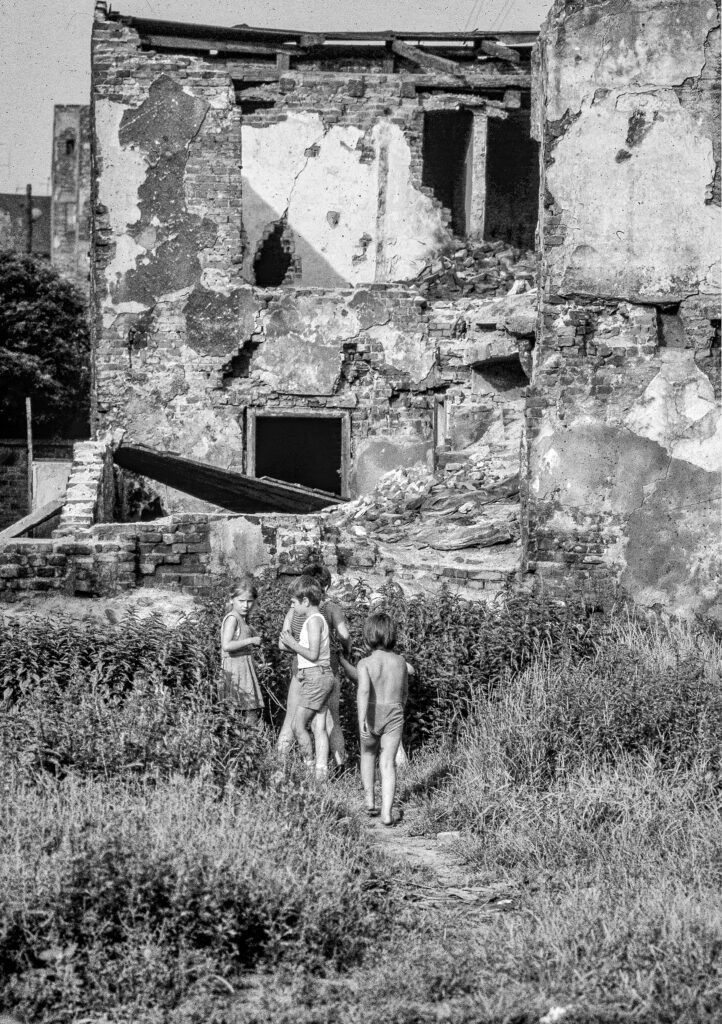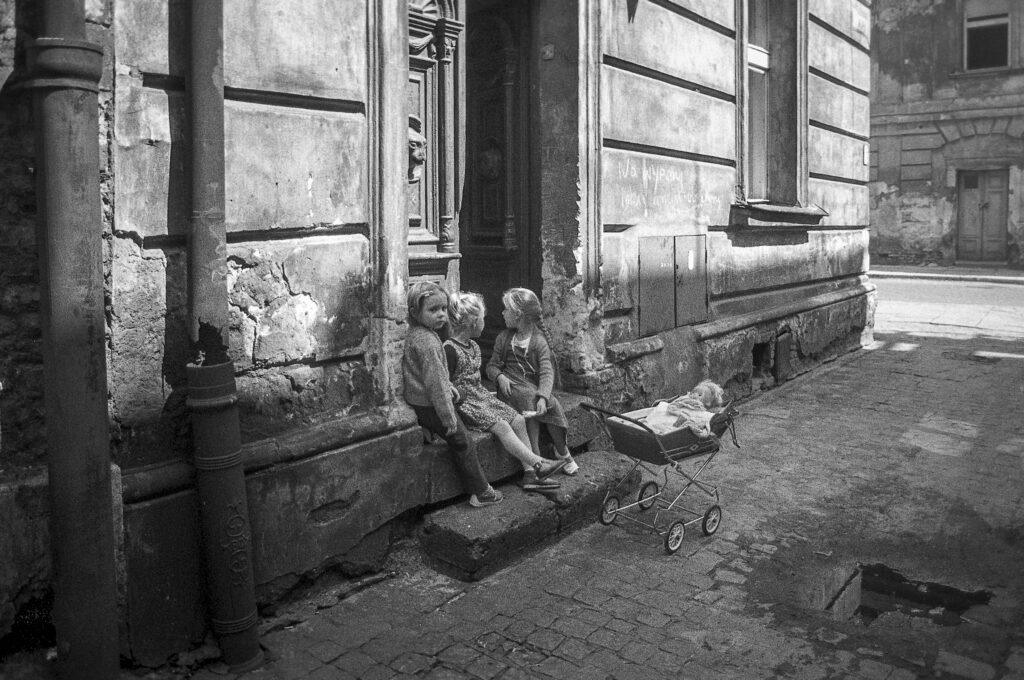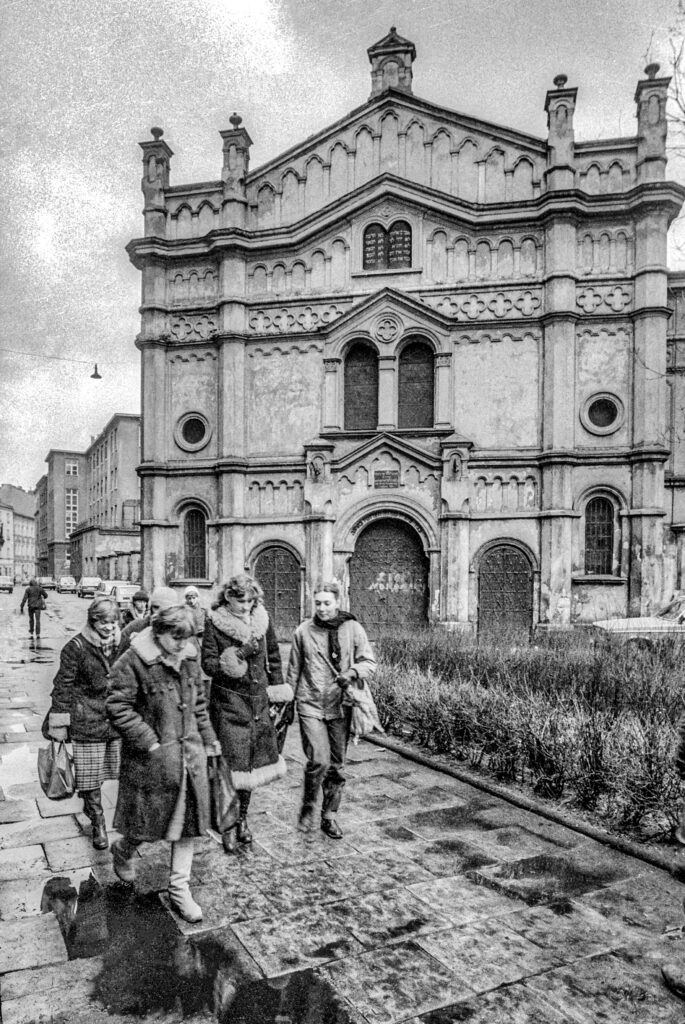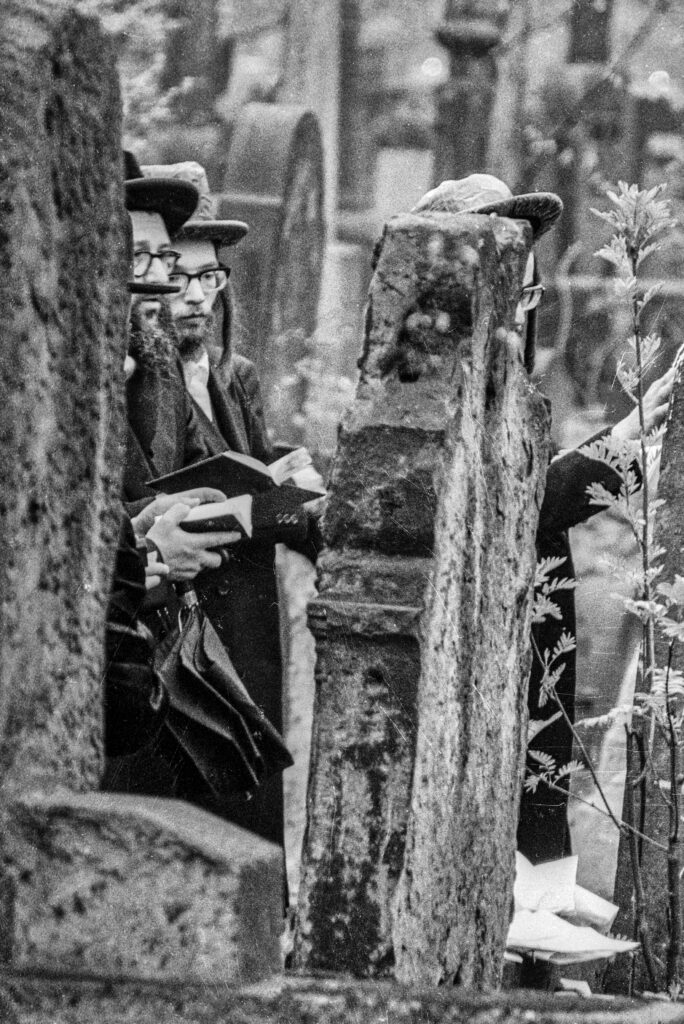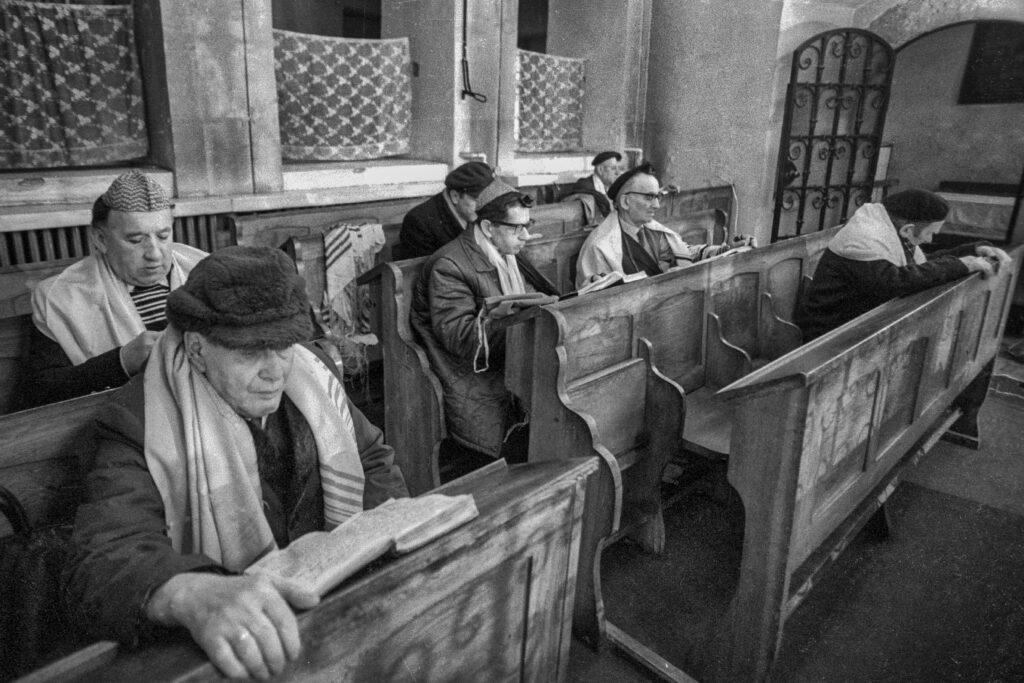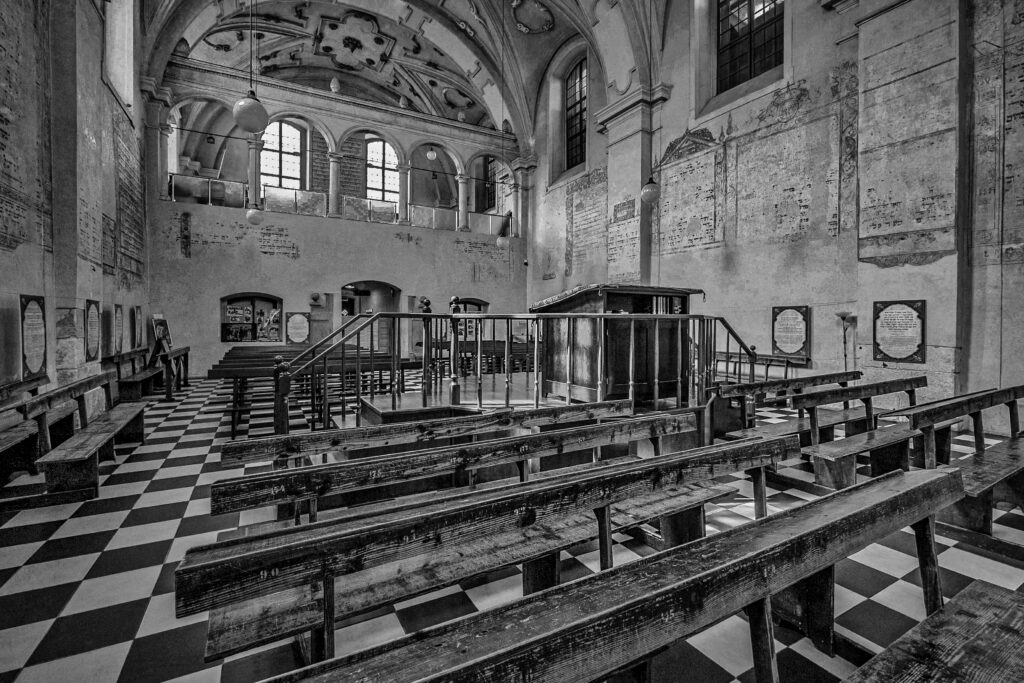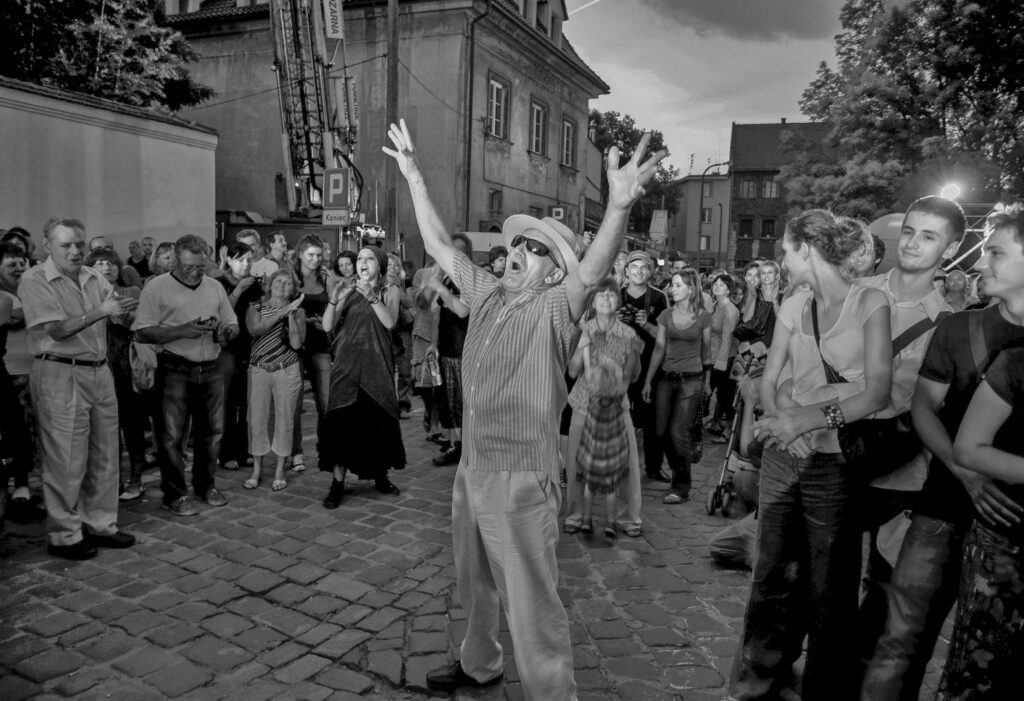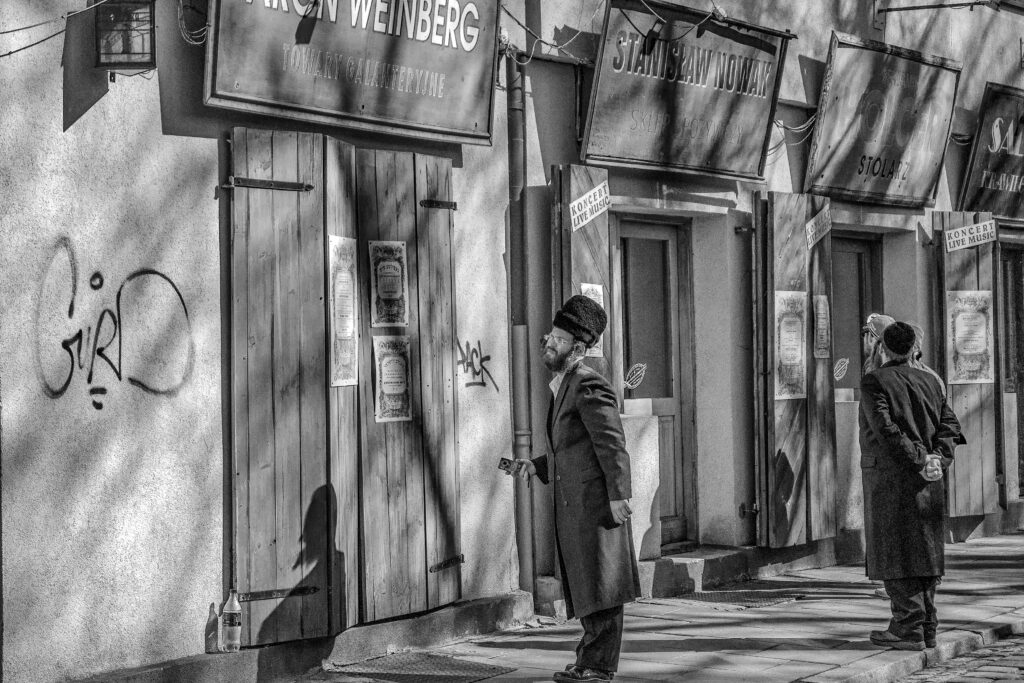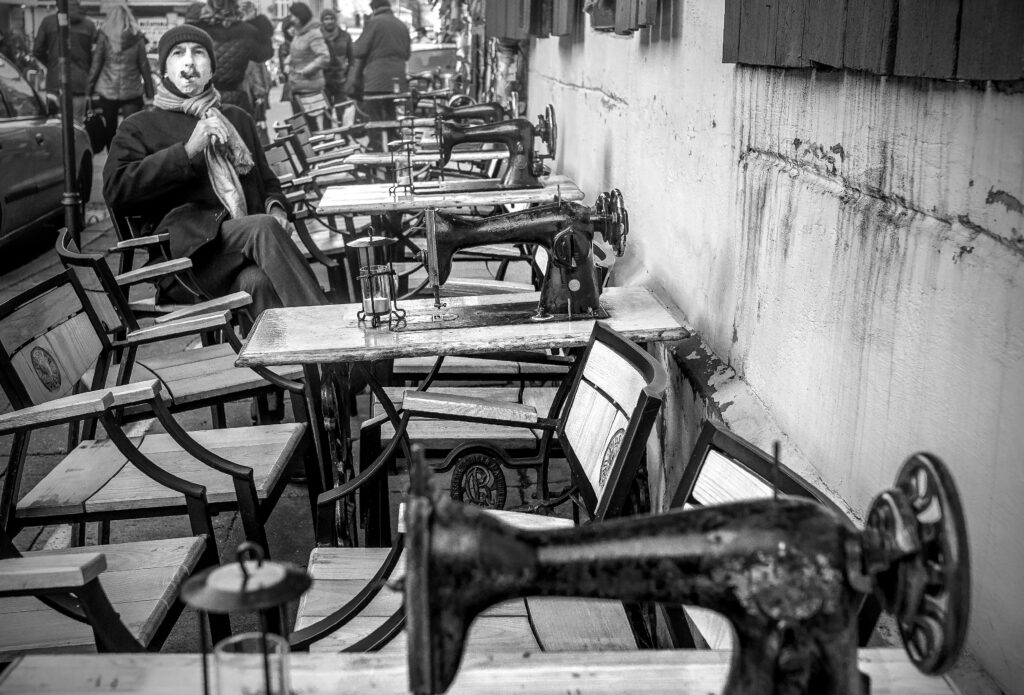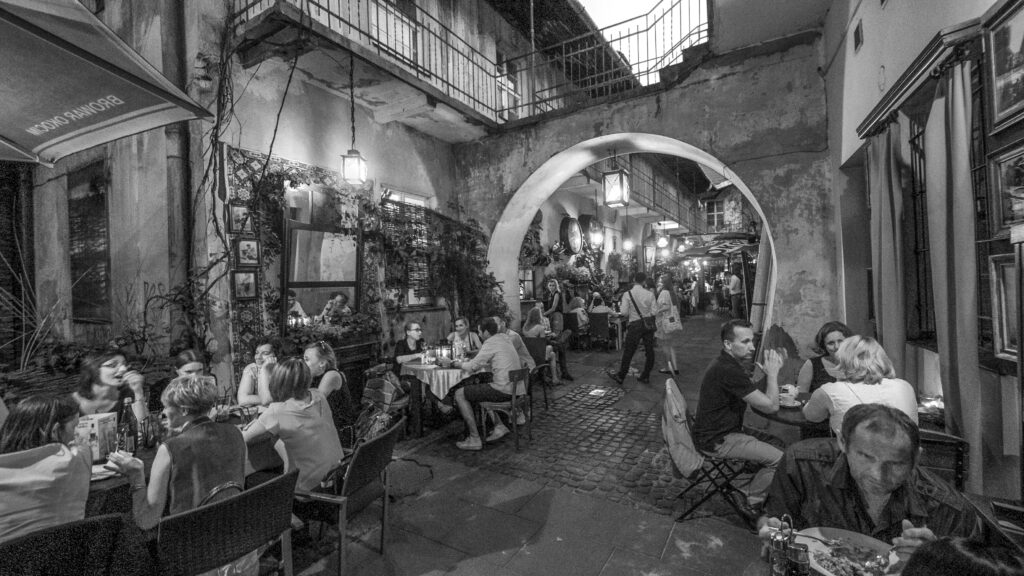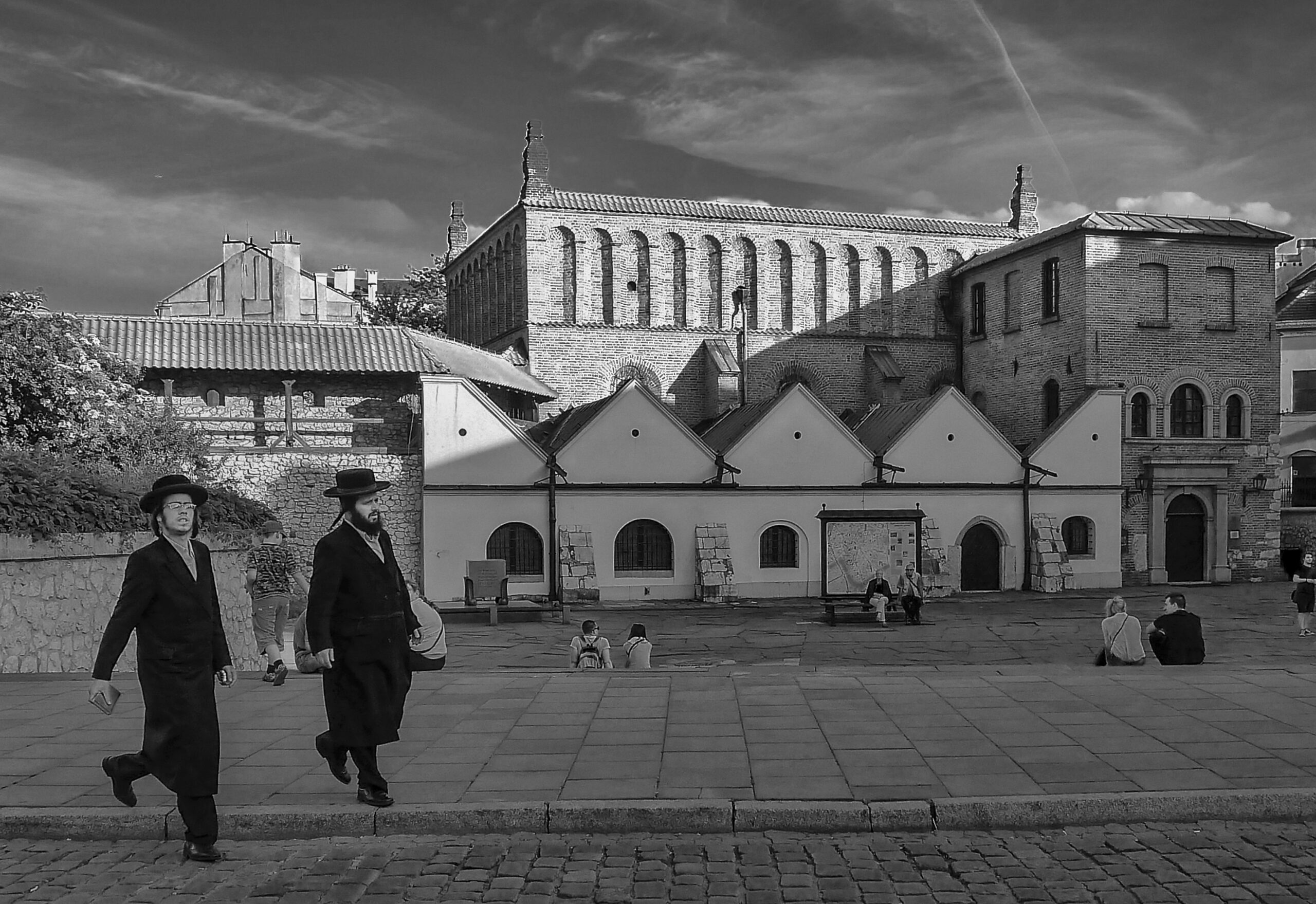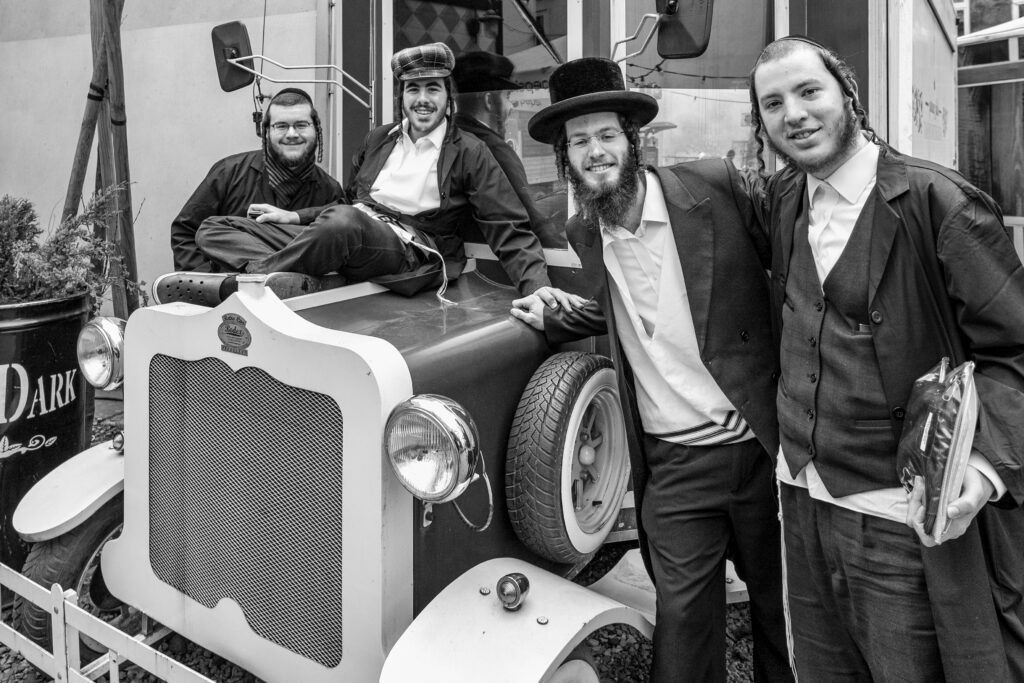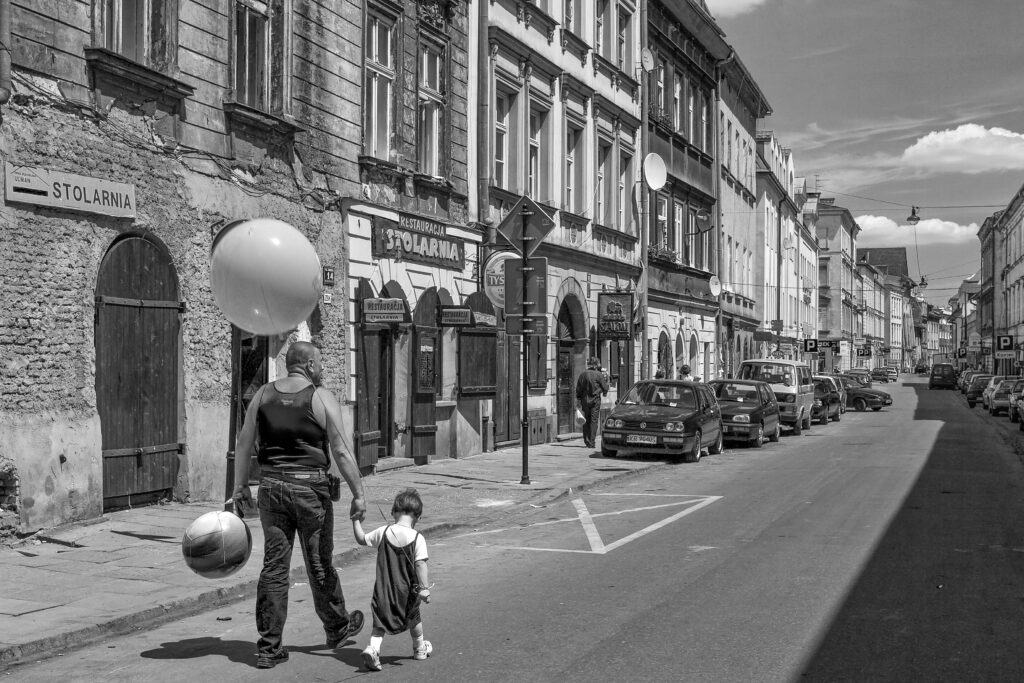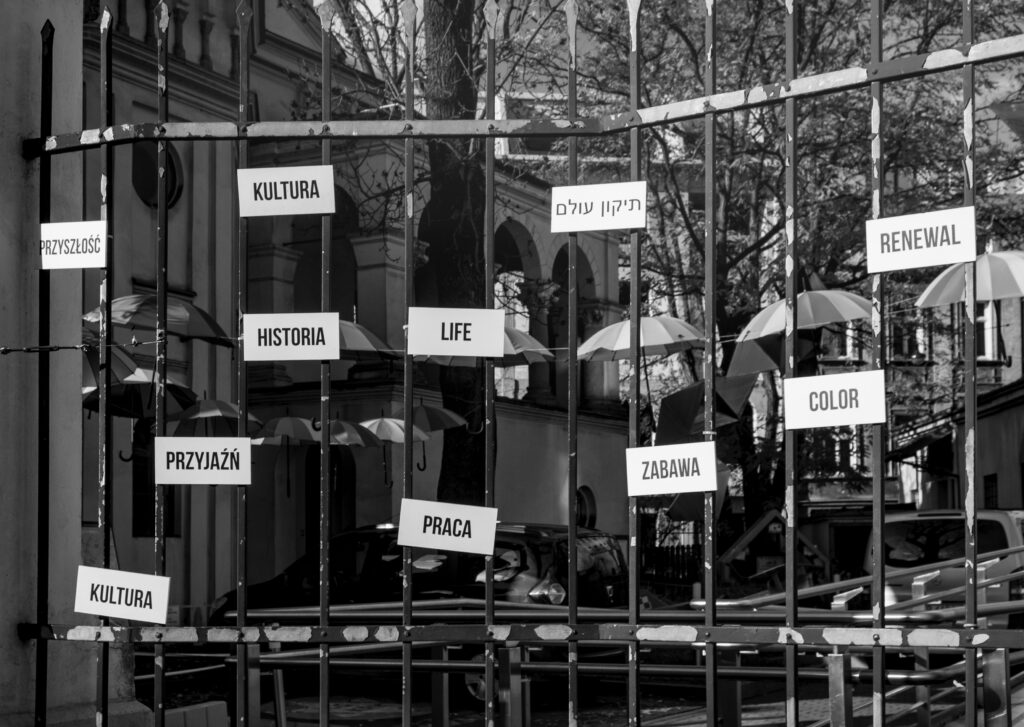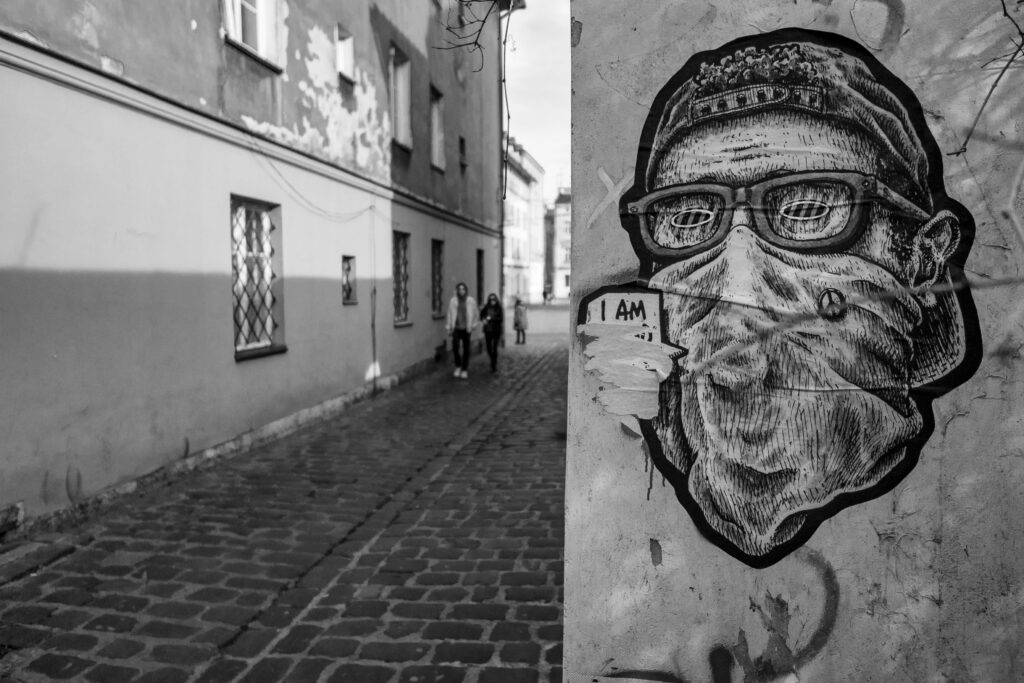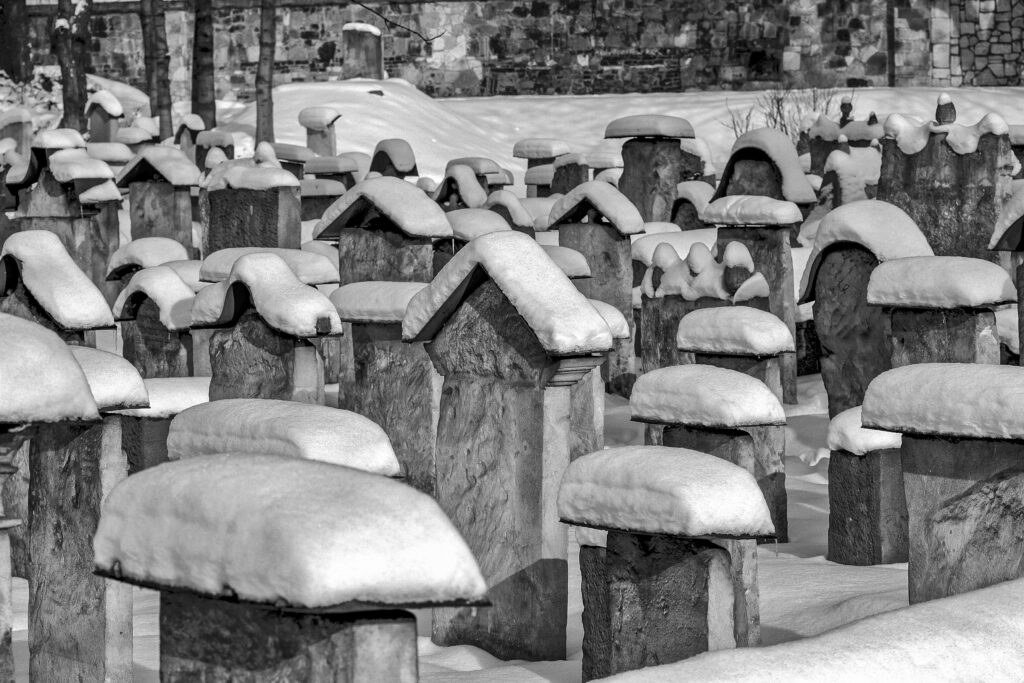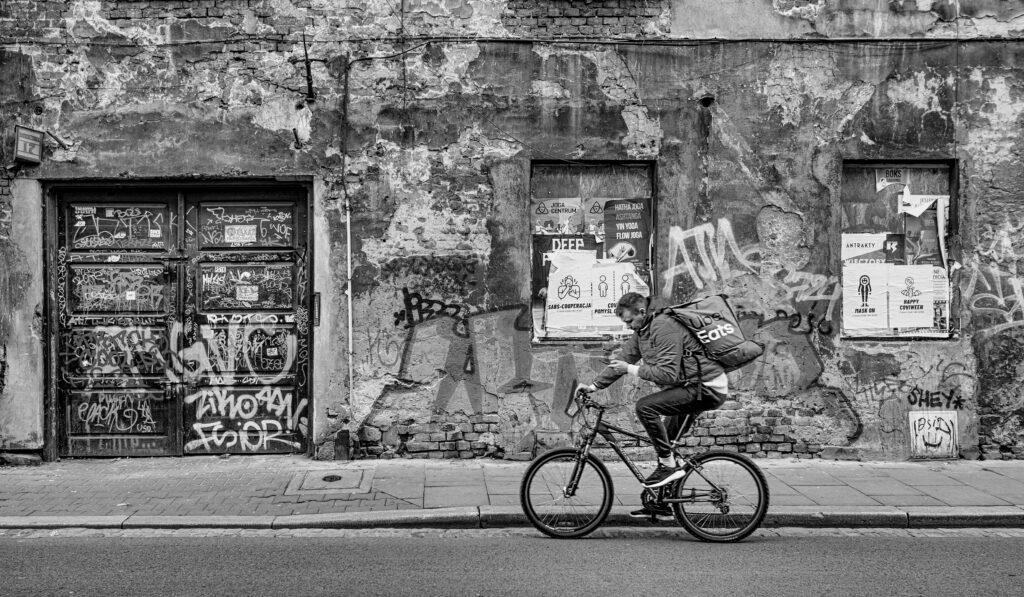A new collection of pictures of Kazimierz, Kraków’s former Jewish quarter, by photographer Jerzy Ochoński captures the transformations and contrasts he has observed during a love affair with the district lasting over four decades.
Kazimierz is high on the must-see list for most visitors to Kraków. Often known in tourist guides as simply “the Jewish quarter”, for almost 500 years after its foundation it was an independent city on an island on the Vistula River.
In the Second World War, most of the Jews still living in Kazimierz were forced into a ghetto established across the river by the Nazi German occupiers. Very few survived the Holocaust, and many of those who did later fled postwar Poland.
Bereft of many of its former inhabitants and haunted by their fate, Kazimierz fell into disrepair and infamy during the communist period.
It was at this time, in the late 1970s, that the young Jerzy Ochoński first began to visit. His girlfriend from school (and now wife) had been born in Kazimierz and lived there with her family, and he would walk her home.
“That was my first contact with Kazimierz – at the time a ruined, dilapidated, depopulated and neglected district,” says Ochoński.
Later, when the couple lived together in Kazimierz, a friend lent Ochoński Meir Balaban’s book about the history of the Kraków Jews.
“Curious, I read it and had the chance to compare the history it described with the reality. I lived five minutes away from Szeroka Street. That was when I took my first steps with photography.”
“Over the years, I have taken thousands of photos in Kazimierz – some better, some worse. I still photograph the district, as I am fascinated with its history and culture, which I am constantly exploring and learning about.”
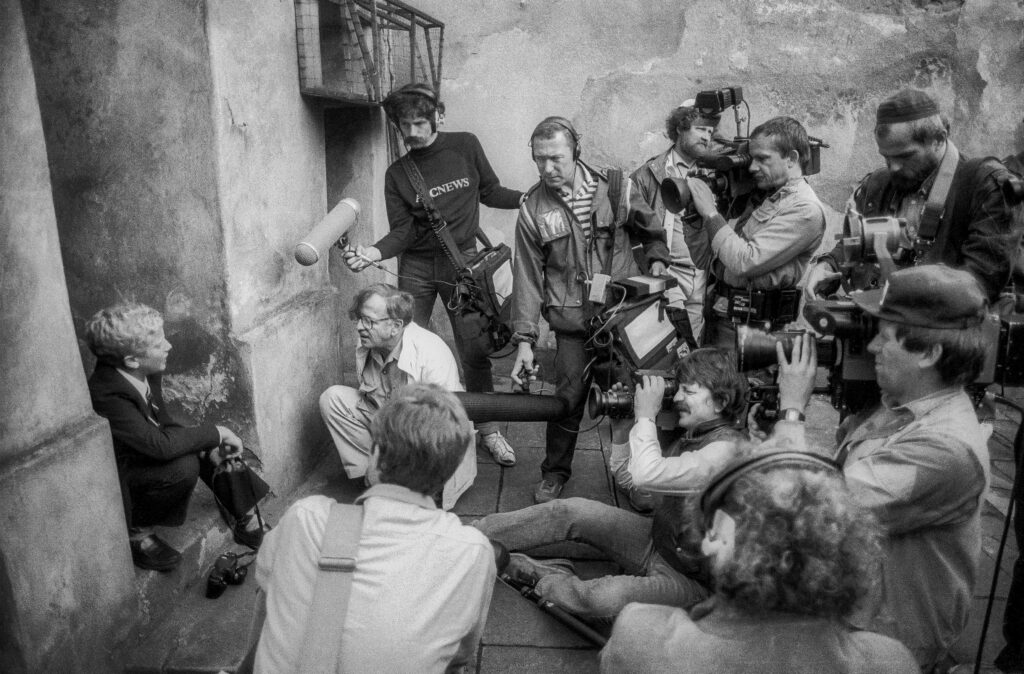
Eric Strom, a 13-year-old from Connecticut who was the first boy to mark his bar mitzvah in Kazimierz in more than two decades, meets the world’s press at the Tempel Synagogue
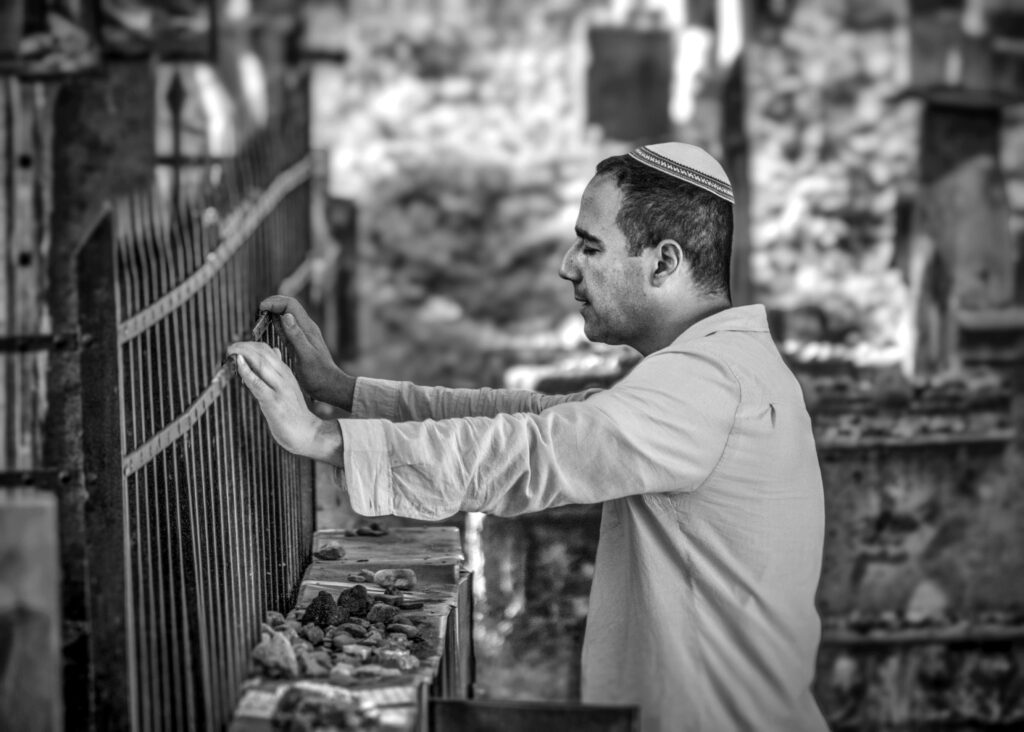
Praying at the grave of Moses Isserles, the 16th-century rabbi known as Rema (after whom the Remah Synagogue is named), 2013
From the 1990s onwards, Kazimierz was reborn, becoming popular with locals and tourists alike, with a buzzing nightlife, maze-like streets filled with small cafes and shops, and a range of cultural attractions.
At the heart of this was the area’s rediscovered Jewish heritage, including the annual Jewish Culture Festival, which was launched in 1988 and is now one of the largest events of its type in the world.
Over time, much of the district has been rebuilt and gentrified, leading some to feel it has lost some of its previous charm. Others have also criticised Kazimierz’s “Jewish” elements, often targeted at tourists, for turning the district into a “Jewish Disneyland”.
Ochoński’s images capture the contradictions of Kazimierz – a “complicated place” that “people come to visit, sometimes travelling a long way to do so”, “but also a place from which, for decades, people fled”, as Jakub Nowakowski, director of the Galicia Jewish Museum, puts it in his introduction to the Ochoński’s new collection of photographs.
Kazimierz is at once ”the silence of its narrow streets” and “the hustle and bustle of Plac Nowy, which for some us will always be ‘Jewish square’”, Nowakowski continues. It is “a place thick with the traces of the presence of Kraków’s Jews”.
“Synagogues, cemeteries, townhouses, schools, former factories, streets, empty plots of land, houses of prayer, shops and stalls: a microcosm of places which had the life ripped out of them.”
But, notes Nowakowski, people in Kazimierz today are writing their “own, new stories in the shadow of the history of Kazimierz Jews” – some inextricably linked with the past, although most of their authors have “nothing in common with this Jewish world”.
Jerzy Ochoński’s photographs illustrate many of these stories, the transformations of Kazimierz in the past 40 years, and the contradictions intrinsic in the makeup of the district.
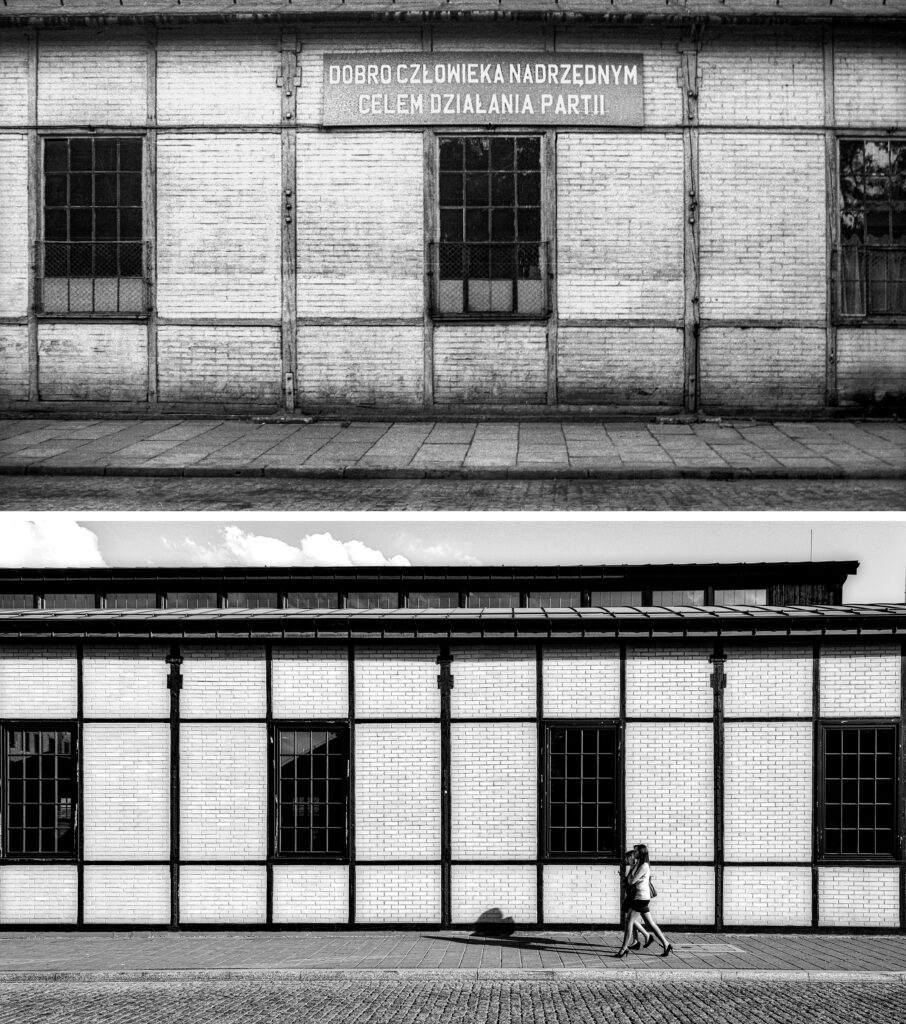
Top: “The good of man is the overriding goal of the Party’s actions” reads the sign on works on Św. Wawrzyńca Street, mid-1980s; bottom: the same building in 2021
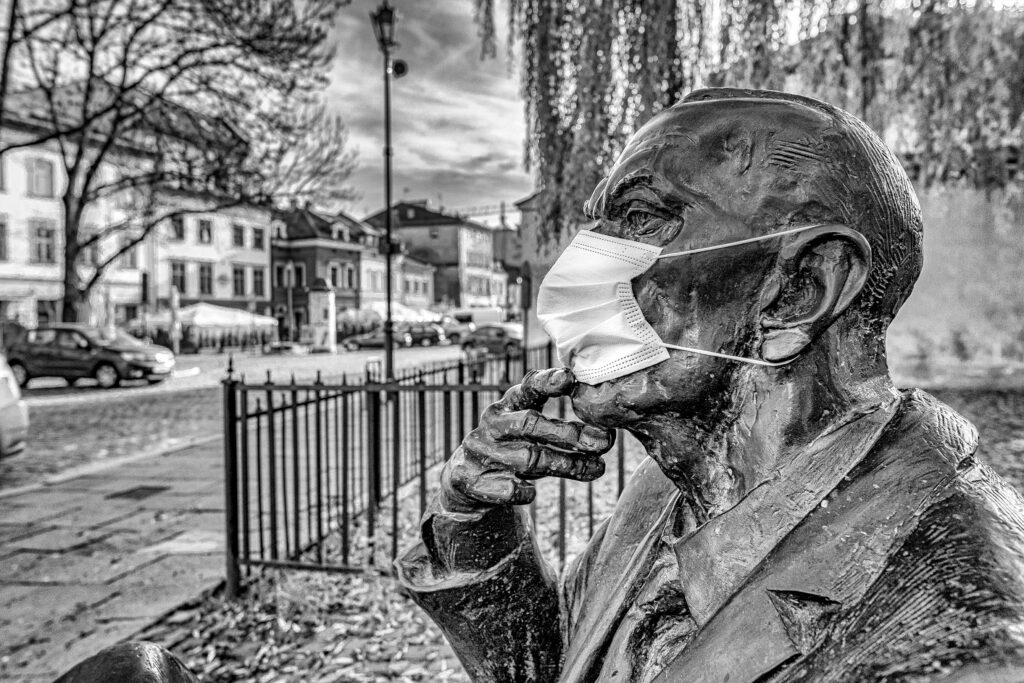
Statue of Jan Karski, the Home Army courier who brought reports to western leaders about the situation of Jews in occupied Poland, on an empty pandemic-hit Szeroka Street
All images © Jerzy Ochoński. All these and many more photos can be seen in Ochoński’s collection Faces & Places: Krakowski Kazimierz, available online here. More of his work can be found on his website, which offers a wide variety of images of different aspects of life in Poland, as well as photo services.
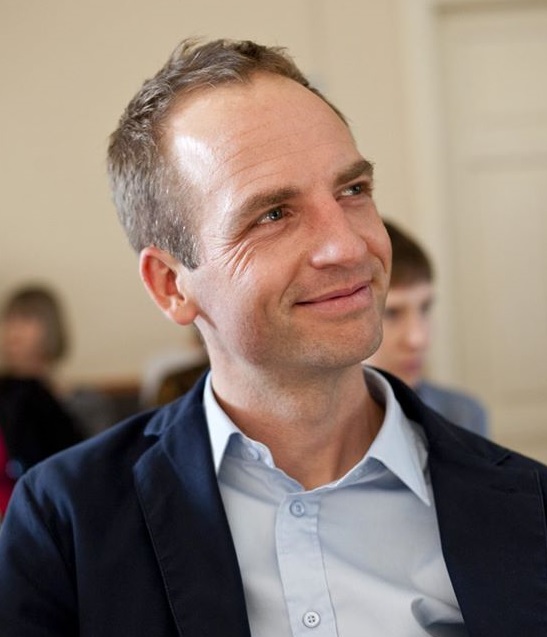
Ben Koschalka is a translator and senior editor at Notes from Poland. Originally from Britain, he has lived in Kraków since 2005.
